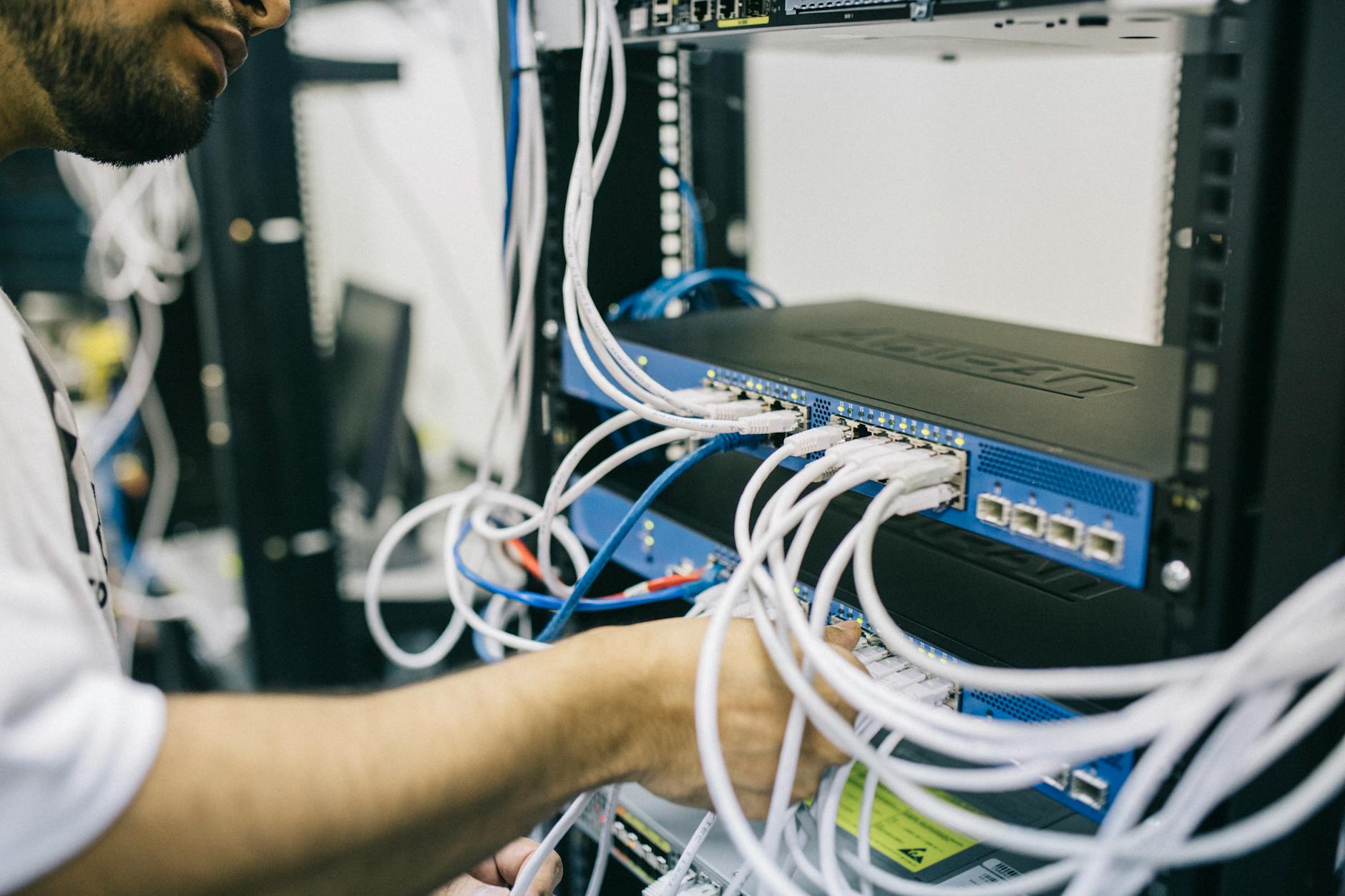
Information Technology: The Backbone of the Modern World (And What’s Coming in 2025)
Remember the last time your Wi-Fi went out? That sinking feeling of being cut off from the world, like a castaway on a digital island? That’s the power of information technology—it’s so ingrained in our lives that we only notice it when it’s gone. But IT isn’t just about keeping us connected to cat videos (though that’s important too). It’s the invisible force driving businesses, healthcare, education, and even how we order pizza. Let’s peel back the layers of this tech onion—without the tears.
What Exactly Is Information Technology?
At its core, information technology (IT) is like the plumbing of the digital world. You don’t think about it until there’s a leak, but without it, everything falls apart. Officially, IT refers to the use of computers, storage, networking, and other physical devices to create, process, store, and exchange electronic data. But that textbook definition doesn’t capture how IT has become the oxygen of modern society.
The Nuts and Bolts of IT
IT isn’t just one thing—it’s an ecosystem. Here’s how the pieces fit together:
- Hardware: The tangible stuff—servers, laptops, routers, even your smart fridge.
- Software: The digital brains—operating systems, apps, and that spreadsheet you’ve been avoiding.
- Networks: The digital highways connecting everything, from your home Wi-Fi to undersea fiber optic cables.
- Data: The gold mine of 1s and 0s that powers everything from TikTok algorithms to cancer research.
Why IT Matters More Than Ever
Here’s a fun experiment: try going one day without touching anything powered by IT. No phones, no ATMs, no traffic lights—you’d basically be living like it’s 1824. IT has become the central nervous system of civilization because:
- It turns data into decisions (like predicting weather patterns or your next online purchase).
- It breaks down geographic barriers (your team can be spread across five continents and still collaborate in real time).
- It automates the mundane (thank you, robotic vacuum cleaners).
I remember consulting for a small bakery that thought IT was just for “tech companies.” Six months after implementing inventory management software, they reduced waste by 40%. That’s the power of IT—it transforms businesses in ways you wouldn’t expect.
2025 Trends: Where Information Technology Is Headed
If IT were a person, it would be that friend who reinvents themselves every year—always surprising you. Here’s what’s coming down the pipeline:
1. AI Gets a Promotion (From Assistant to Co-Worker)
Gone are the days of AI just recommending songs. By 2025, expect AI to handle complex tasks like drafting legal contracts (with human oversight) or diagnosing medical images. The line between “tool” and “colleague” will blur.
2. Quantum Computing Leaves the Lab
Quantum computers won’t be on every desk by 2025, but they’ll start solving real-world problems like optimizing global shipping routes or discovering new materials. It’s like giving NASA’s computers a triple espresso.
3. Cybersecurity Gets Smarter (Because Hackers Do Too)
With AI-powered attacks on the rise, cybersecurity will shift from “castle walls” to “smart immune systems” that detect and neutralize threats in real time. I’ve seen more businesses adopt behavioral biometrics—your unique typing pattern becomes your password.
Traditional IT vs. Cloud IT: What’s the Difference?
| Feature | Traditional IT | Cloud IT |
|---|---|---|
| Cost | High upfront (buying servers) | Pay-as-you-go |
| Maintenance | Your IT team handles it | Managed by provider |
| Scalability | Like adding rooms to a house—slow | Like renting more hotel rooms instantly |
| Best For | Businesses with strict data control needs | Startups and scaling businesses |
Early in my career, I helped a company migrate from traditional to cloud IT. The CFO nearly cried when we turned off their $50,000 server that was mostly collecting dust. Now they scale up for holiday sales with three clicks.
FAQs About Information Technology
Is IT the same as computer science?
Not quite. Computer science is about creating the tools (like programming languages), while IT is about using those tools to solve real-world problems. It’s like the difference between designing a hammer and using one to build a house.
Will AI replace IT jobs?
AI will change IT jobs, not replace them. We’ll spend less time resetting passwords and more time on strategic work—like teaching AI systems or designing secure networks. The help desk of 2025 will look more like a mission control center.
How do I start a career in IT?
Start with foundational certifications (CompTIA A+ is the classic), build a home lab (an old PC can become a server), and specialize in what excites you—whether that’s cybersecurity or making robots dance. I got my start fixing neighbors’ printers—every expert was once a beginner.
The Bottom Line
Information technology isn’t just about fixing printers (though someone’s gotta do it). It’s the engine of innovation, the glue holding our digital world together, and frankly—it’s where the future is being built. Whether you’re a business owner, a career changer, or just someone who wants to understand the magic behind your smartphone, now’s the time to engage with IT.
Ready to dive deeper? Bookmark this page, share it with that friend who still thinks “the cloud” is just fluffy white things in the sky, or leave a comment with your biggest IT question. The only wrong move is not learning how this tech shapes your world.
Related: Best gaming earbuds 2025
Related: openai chat
Also read: Apple
Also read: SEMRush


